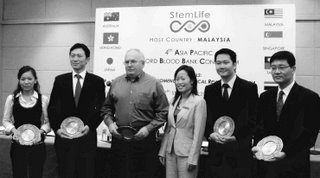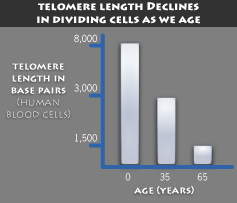
With all this pollution going on in Malaysia before
Merdeka day, I had to look at this
news piece which had the word "environment" in it. Fortunately, we had a big rainstorm here in KL on the eve of Merdeka day and for the first time in 2 months I saw the clear blue sky between the
cumulus clouds.
Anyway, back to Stem Cells- Scientists from UPenn's School of Engineering and Applied science have announced in a very prestigious journal
"CELL", some very interesting findings on the development of adult stem cells based purely on the hardness or softness of the surroundings. They didn't use any chemical signalling, which is often rated highly amongst scientists as the most important way for cells to move around or know what they ought to form. Mesenchymal stem cells, those most often found in the bone marrow are able to "feel" their physical environment to form the type of tissue that they ought to become.
"According to the researchers, soft microenvironments that mimic the brain guide the cells toward becoming neurons, stiffer microenvironments that mimic muscle guide the cells toward becoming muscle cells and comparatively rigid microenvironments guide the cells toward becoming bone."
The concept that mesenchymal stem cells sense their environment through the force it takes them to push against surrounding objects and the force translates into internal cellular signals which cause the cell to differentiate tinto particular types of tissue is extremely exciting and could lead to a new concept in thinking of how to get the types of cells that we want. It is also interesting that the researchers highlight that in the event that the tissue into which the stem cells are infused are too damaged (eg severe heart attack or spinal injury), the stem cells may not know what to differentiate into resulting in the lack of effectiveness. But they do believe that it is possible to get round this problem... by creating an environment which acts like the normal tissue to prime the stem cells before implantation.
So, say if you have heart disease and are asked if you have a soft heart or a hard heart...? Tell Prof Sweeney, your cells might be able to be primed in advance :)
StemLife has an on-going collaboration with the National University of Singapore's Nanoscience & Nanotechnology Initiative (NUSNNI) to explore the way cells divide and differentiate in different 3D environments.Penn researchers included in this
study include Adam J. Engler and Shamik Sen from the School of Engineering and Applied Science and
H. Lee Sweeney from the School of Medicine.








